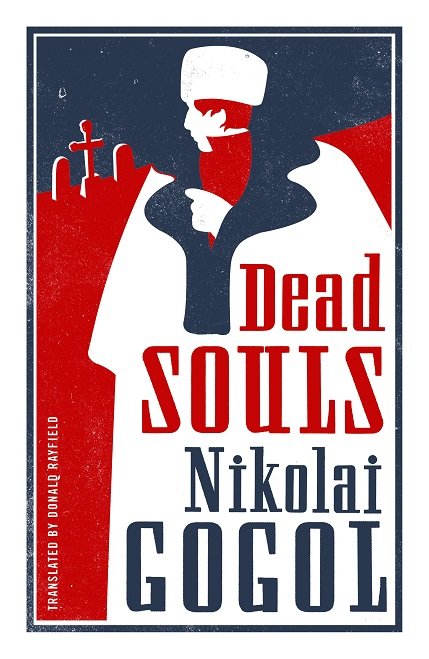Nikolay Gogol and his book "Dead souls" /last part/
The arrangement of images in the five chapters describing Chichikov's visits to mansions is not accidental. The five basic images of land plots are ranked according to the extent of their human degradation and destruction, the peak of which is Plushkin. This generates the generalized image of the Russian landlord, and the legend that he is called upon to direct and guide the fates of the people and the country is debased. Of course, their universal value and meaning must not be forgotten. The theme for the people passes through the whole novel - "Dead Souls". Gogol's main goal in "Dead Souls" is the reproof of the rottenness of the fortress system, the display of the material, spiritual, and moral decline of the palace-class.
Therefore, a small space is reserved for the images of people from the people. In fact, the people are present in "Dead Souls" as a huge millions of millions of workers and sufferers, from creators of material and spiritual values. Individual images, individual bearers of the qualities of the people, are given only in few but expressive strokes. Images of people of the people are primarily in the fifth and seventh chapter of the first part. Remarkable peasants are Mikeev, carpenter Stepan Probka, mason Miluskin and shoemaker Maxim Telyatnikov. The fighters of Popov and Abakcum Firov are the fighters of war for their freedom from slavery. In the eleventh chapter, Gogol talks about the rebellion of the villagers from the villages of Vishwa Sesh and Zadariovo. This is far, but a significant hint of not being overwhelmed by the poor attitude towards the peasants. Throughout the work, also the images of the driver Selifan and the painter Petrushka pass. These are people deprived of their own destiny, turned into an appendage of Chichikov. In the eleventh chapter, Gogol talks about the rebellion of the villagers from the villages of Vishwa Sesh and Zadariovo.
This is far, but a significant hint of not being overwhelmed by the poor attitude towards the peasants. Throughout the work, also the images of the driver Selifan and the painter Petrushka pass. These are people deprived of their own destiny, turned into an appendage of Chichikov. Gogol everywhere resorted to direct satirical personalization. This is done through dialogue, through the portrait, and through the setting. This work sums up and synthesizes everything that has been achieved in "Evening in the farm near Dikanka", "Mirgorod" and "Revizor". This summary and synthesis also encompasses themes, images, and pictorial means and techniques. Through Gogol's Dead Souls, Gogol makes a big step forward in portraying human characters. Gogol, coming in on Pushkin's traditions, enters more in the secretive corners of the human soul and, above all, in the soul of the negative type, and brings out such features that awake and laughter, and disgust, and terror. "Dead Souls" is a monumental work, one of those who mark stages in the development of Russian classical literature.
Gogol is Pushkin's student, but he does not repeat his great teacher, but has his own themes, his images, his own ways of portraying them. Gogol expands Pushkin's artistic conquest, deeper into the depths of life, and brings out some phenomena and types that have failed to attract Pushkin's attention because of his still low prevalence. He directs his arrows mainly to clerks, merchants and portrays sympathizers or admirers of people in the folk lowlands.
